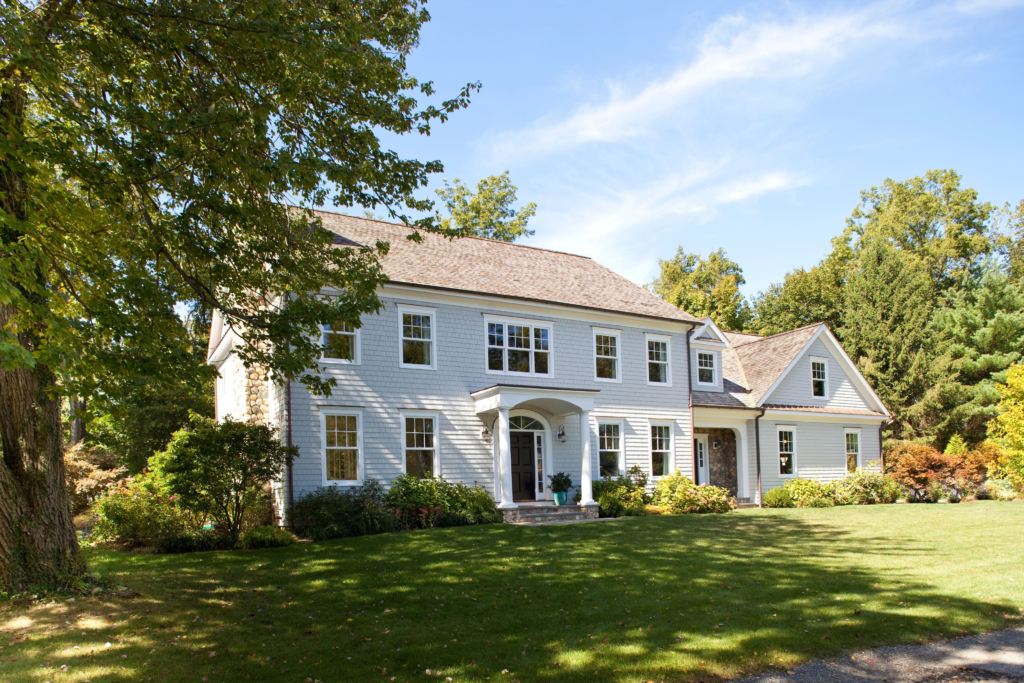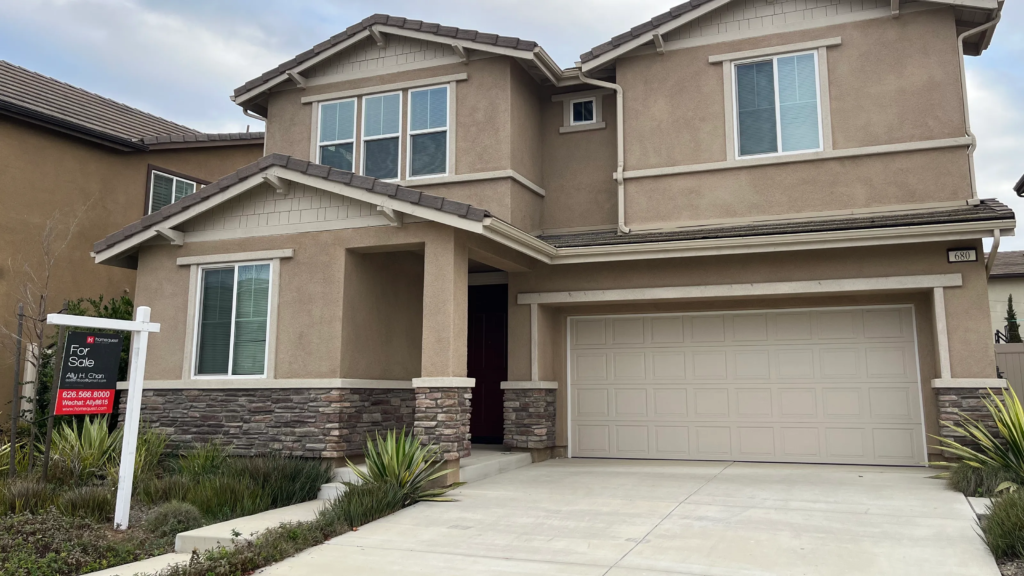The U.S. housing market is entering a new phase. According to Zillow’s latest report, home prices across the country are expected to keep rising in 2025, but not as sharply as in previous years. This forecasted deceleration reflects the shifting dynamics of economic conditions, buyer behavior, and real estate demand.
Zillow’s updated market analysis suggests that home prices could increase nationally by about 3% to 4% in 2025, down from the 6% average growth seen over the last two years. Despite the slowdown, Zillow notes that the market is still healthy and stable, just more cautious.
Explore Zillow’s housing market report
Why the Deceleration in Home Prices?

The slowdown is primarily linked to macroeconomic pressures, such as higher mortgage rates, inflationary concerns, and limited affordability.
Over the past year, the Federal Reserve’s interest rate hikes have impacted borrowing costs. Mortgage rates crossed 7% in many regions in 2024, pushing some buyers out of the market. This reduced demand naturally cooled off aggressive bidding wars and rapid price jumps.
Zillow economists expect these factors to linger in 2025. Even if the Fed begins rate cuts late in the year, rates are unlikely to return to the ultra-low levels of the pandemic era.
Read more on Fed’s rate policy and mortgage impact
What Buyers Can Expect in 2025
For potential homebuyers, the outlook is a mixed bag. On one hand, slower price growth means less competition and more stable pricing, especially in previously overheated markets. On the other hand, elevated mortgage rates and strict lending standards may still challenge first-time buyers.
Zillow anticipates that demand will remain strongest in affordable metros like Cleveland, Kansas City, and Pittsburgh. These regions continue to offer entry-level pricing and reasonable cost of living, attracting both millennials and Gen Z buyers.
On the contrary, expensive coastal cities such as San Francisco, Seattle, and Los Angeles may see flat or declining growth due to high base prices and economic uncertainty in the tech sector.
Compare home values across U.S. cities
Supply Remains a Stubborn Issue
A major factor supporting continued price increases—even at a slower pace—is the lack of housing supply.
Zillow’s report shows that new listings remain 15% below pre-pandemic levels, and new construction hasn’t fully caught up with demand. Builders are cautious about overcommitting in a high-cost environment with uncertain buyer interest.
Many existing homeowners, especially those with sub-4% mortgage rates, are hesitant to sell and face higher rates. This “lock-in effect” has created a bottleneck, limiting available inventory and sustaining upward pressure on prices.
Learn more about housing inventory trends
Demographics Are Reshaping the Market
One of the most important long-term trends influencing Zillow’s 2025 forecast is changing buyer demographics.
Millennials, now aged between 30 to 44, remain the largest home-buying cohort. They’re driving demand in suburban and small-town markets. However, Gen Z is entering the housing market faster than expected, thanks to flexible remote work options and better digital financial literacy.
At the same time, Baby Boomers are choosing to age in place, which further reduces housing turnover. These generational shifts are influencing not just where people buy—but also the types of homes in demand.
See demographic housing reports
Regional Winners and Losers
Zillow’s forecast also highlights regional differences in housing performance.
Winners in 2025
- Midwest cities with lower cost of living
- Sunbelt regions such as Tampa, Charlotte, and Austin (though growth is slowing)
- Secondary cities with strong job markets and infrastructure investments
Underperformers
- High-priced coastal metros facing affordability crises
- Tourist-heavy areas with oversupplied short-term rentals
- Markets impacted by climate-related risks like wildfires or hurricanes
These regional trends underscore the importance of local market conditions when buying or selling a home.
Track regional home price forecasts
Investor and Rental Market Outlook

For investors, Zillow notes that rental demand remains high, particularly in urban and university-adjacent neighborhoods. However, rent growth has also slowed, and regulatory pressures like rent caps are increasing in some states.
Short-term rental investors on platforms like Airbnb may face greater scrutiny and lower returns, especially in oversaturated markets.
Still, build-to-rent and multi-family housing investments are gaining traction, with investors betting on long-term renter demand as affordability challenges persist.
Check out Zillow’s rental market trends
Final Thoughts: Stability Ahead, But Challenges Remain
In summary, Zillow’s 2025 housing outlook reflects a maturing real estate market. Prices will likely continue to rise, but at a slower, more sustainable pace. While this brings stability to a once-frenzied market, buyers and sellers alike will need to adjust their strategies.
Those who rushed to buy during peak prices may not see fast appreciation, while those waiting for a crash may need to reset expectations.
With changing demographics, economic uncertainty, and limited supply, the U.S. housing market in 2025 will reward informed and patient decisions.
Whether you’re buying your first home, investing, or planning to sell, understanding regional trends and staying updated with reliable sources like Zillow will be key.
Follow Zillow for the latest housing insights
Also Read – Starter Homes Boom in Coeur d’Alene at $429K






